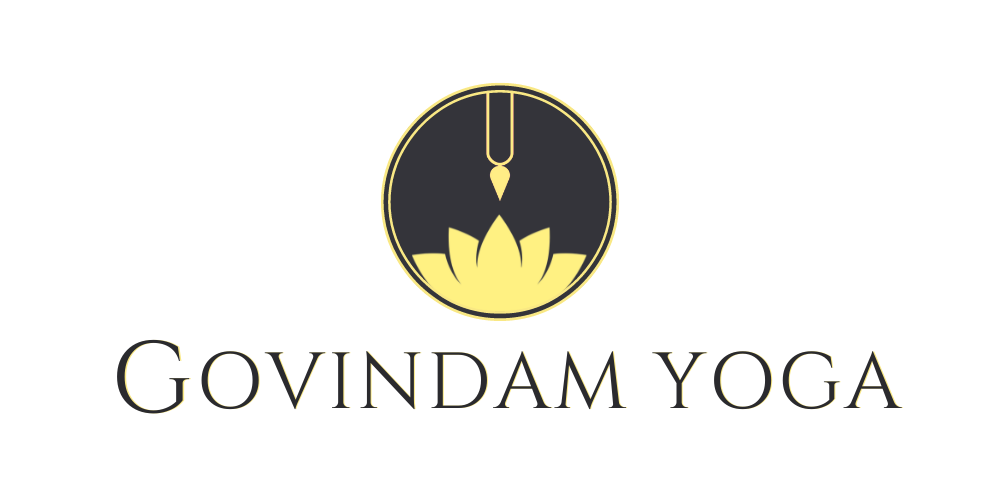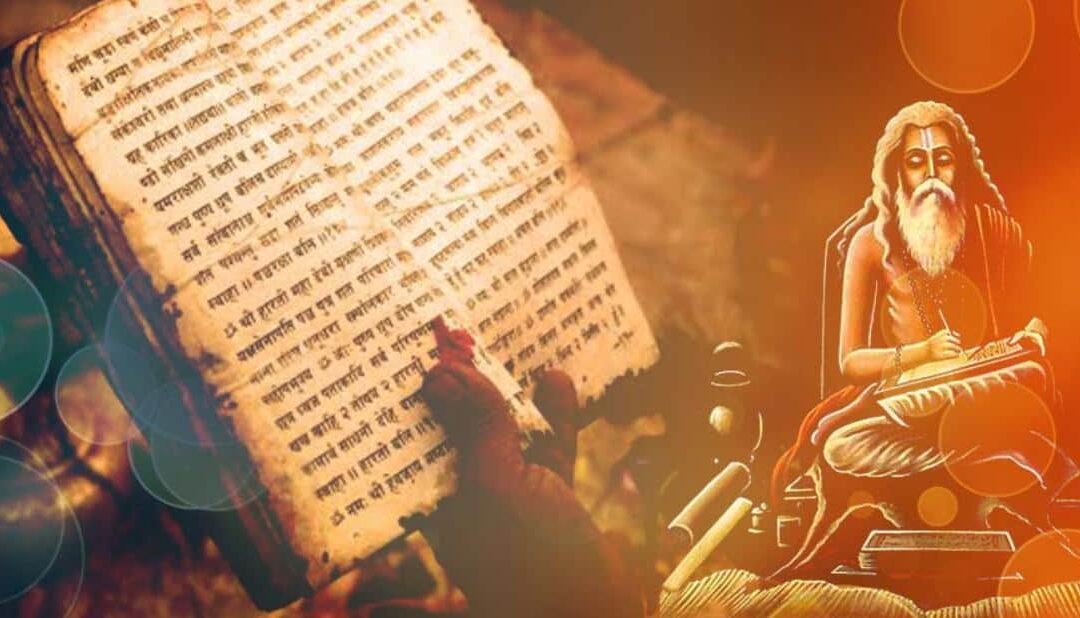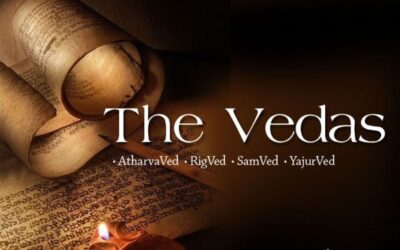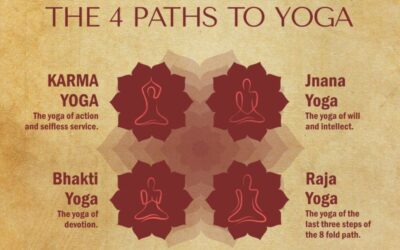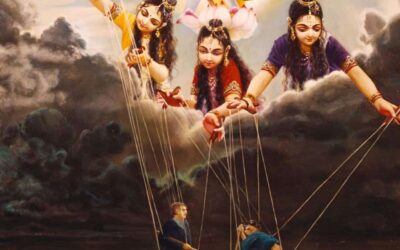The History of Yoga – Its Origin & Evolution:
- As Yoga has its origin in the Vedas, which are eternal, therefore, the science of Yoga is also eternal.
- The conclusion of all the Vedic literature aims at the union of the soul with Supreme, and that union is called Yoga.
- The ultimate objective of every prescribed action, knowledge, rituals, and sacrifice, in the Vedic literature, is to achieve the state of Yoga.
The history and Origin of Yoga can be divided into the following three categories:
Pre-Classical Period (5500 years CE)
The teachings of Yoga are coming down directly from God when he first instructed Brahmaa (the first-born man). God himself instructed Brahmaa that the ultimate aim of human life is to know his actual position as soul and re-establish the forgotten loving relation with God. The teachings of yoga were coming down orally through Guru Shishya tradition (disciple succession), but 5000 thousand years ago Vyasa Dev converted these teachings into written form for the first time. It was during this period when Ramayana and Mahabharat, the two greatest texts in the Vedic literature took place. These two scriptures hold a special position for educating the supreme science of Yoga and Spirituality. The Yoga Vashishtha from Ramayana and the Bhagavad Gita from Mahabharata are the two main texts on Yoga and spirituality. Sankhya Darshan by Kapil muni is considered to be the first-ever teachings of Yoga which is different from the modern Sankhya philosophy.
Classical Period (5500 – 200 CE)
The first written mention of the science of yoga is in the ancient texts of Vedic literature, which were compiled and written down by Vyasa Dev around 5100 years ago. This was the time when Vyasa Dev wrote Vedas, Upanishads, Puranas, Itihas, Bhagavad Gita, and many other Vedic literatures. The essence of all these Vedic literature is to teach people the ultimate aim of human life. It was the time when the most authentic scripture on the science of Yoga and spirituality was written down by Vyasa dev as Bhagavad Gita. The scriptures written during this period lay the foundation of all the treatises of yoga and spirituality, which were to be presented in the coming future. Among these scriptures, the Bhagavat Purana and the Bhagavad Gita are considered the highest texts on the science of yoga.
Post-Classical Period (200 B.C.E. – 1700 CE)
The great ancient sages and yogic who studied Vedic literature observed that the senses are made outward and are always seeking happiness and peace outward. As a result, our mind and intellect always remain entangled in the external world. The changes in the world keep us oscillating between pleasure and pain. Modern accomplishments by science and technology have failed to give us everlasting happiness and peace. We are grateful to the sages of ancient India who imparted a unique technique of keeping the mind peaceful. The system of Ashtanga Yoga and Hatha Yoga are the two most important texts of this period and the foundation of all the modern forms of Yoga.
Yoga Sutra of Patanjali (Ashtanga Yoga – 200 CE)
This technique of yoga was first propounded by Sage Patanjali. Sage Patanjali was an incarnation of lord Shesha (king of serpents), who acts as a servant of Lord Vishnu. The Yoga Sutra of Patanjali which is also known as the eightfold system of Yoga is a collection of 196 Sanskrit sutras (aphorisms) on the theory and practice of yoga. The Yoga Sutras were compiled sometime in 200 BCE by the sage Patanjali in India. Yoga sutra by Maharshi Patanjali is one of the most important texts in the Indian tradition and the foundation of all Yogic systems propounded afterward.
Patanjali Yoga Sutra mainly describes eight limbs in yoga to achieve the highest state of bliss and peace. These are;
Yama Pratyahara
Niyama Dharna
Asana Dhyana
Pranayama Samadhi
Hatha yoga Pradipika (Hatha Yoga – 800 CE)
Around 800 CE, the system of Hatha Yoga was founded by sage Matsyendranath, who acquired this knowledge from Lord Shiva who was imparting the secrets of yoga to his consort, Parvati. The Hathyoga Pradipika is one of the most influential texts of Hatha yoga, compiled by Svatamarama around 1500 CE from earlier hatha yoga texts. Hath Yoga was introduced as a preparatory practice to prepare for the higher yogic practices (ashtanga yoga), mentioned in the yoga sutra of Patanjali.
Hatha Yoga includes information about the six acts of purification, postures, breathing practices, energetic locks & practices, meditation, kundalini, Naada anusandhana (concentration on inner sound).
- Shatkarma Mudra & Bandha
- Asana & Pranayama
- Dhyana & Naada
